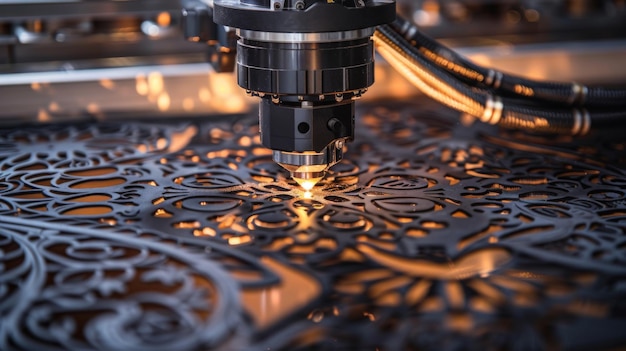The amazing world of the Internet of Things (IoT) has transformed the way we conduct business across the globe. This innovative technology is not only reshaping industries but also greatly impacting exporters and importers. With constant connectivity and real-time data, the possibilities of Internet of Things applications appear limitless.
For those involved in the trade industry, understanding the scope of Internet of Things applications is crucial for staying competitive in a rapidly evolving market. From predictive maintenance to smart warehousing, the IoT ensures that companies optimize operations, reduce costs, and improve overall efficiency.

What is the Internet of Things?
The Internet of Things (IoT) refers to a network of physical devices embedded with sensors, software, and other technologies to connect and exchange data with other devices and systems over the internet. This interconnected world transcends traditional computing, creating a seamless ecosystem of shared data and automation.
Key Applications of IoT in Trade
Smart Logistics and Supply Chain Management
Logistical challenges are a common headache for exporters and importers. The integration of IoT devices within supply chains allows businesses to monitor shipping containers, track goods in real-time, and predict potential disruptions. By enhancing transparency in the supply chain, companies can optimize routes and minimize delays.
Inventory Management
Inefficient inventory management can lead to significant losses. IoT-enabled inventory systems use sensors and RFID tags to keep track of stock levels, ensuring timely replenishment and reducing the risk of overstocking. Learn more about applying lean manufacturing principles for enhanced efficiency here.
Predictive Maintenance
The IoT allows companies to forecast equipment failures before they occur. By analyzing data from multiple sensors, IoT tools can predict when machines might need maintenance. This helps prevent costly downtime and prolongs the life of machinery.
Enhanced Customer Experience
Customers today demand faster, more accurate delivery information. IoT applications can enhance customer service by providing real-time tracking information, leading to improved satisfaction and customer loyalty.
Benefits of IoT in Global Trade
Cost Reduction
By using IoT, companies can significantly reduce operational costs. Efficient route planning, improved maintenance, and minimized energy consumption all contribute to substantial financial savings.
Improved Operational Efficiency
With access to real-time data and analytics, companies can streamline their processes, ensuring faster delivery timelines and fewer errors. Discover more about trends in electronics design software here.
Challenges and Considerations
Data Security
One of the biggest concerns with IoT is data security. Companies must implement strong cybersecurity measures to keep their data safe from breaches.
Integration Issues
Integrating new IoT systems with existing infrastructure can be challenging. Companies need to ensure compatibility and seamless operation to fully benefit from IoT technologies.

The Future of IoT in Trade
Looking ahead, the potential for Internet of Things applications in global trade is immense. With continued advancements, the IoT is set to revolutionize the way businesses operate, bringing unprecedented levels of efficiency and innovation.
FAQs
What are some emerging trends in IoT for exporters?
Emerging trends include advanced predictive analytics, autonomous vehicles for delivery, and blockchain for enhanced security.
How can small businesses leverage IoT?
Small businesses can utilize affordable IoT solutions like smart sensors and inventory management tools to improve efficiency.
What should companies consider before adopting IoT?
Companies should assess their cybersecurity readiness, compatibility with existing systems, and the overall costs involved in IoT adoption.
For more insights on technology and its applications, check out a guide on a guide to prototyping for hardware startups here.


